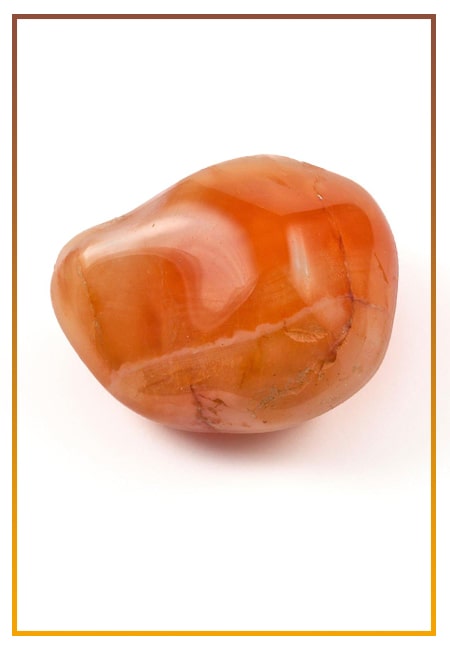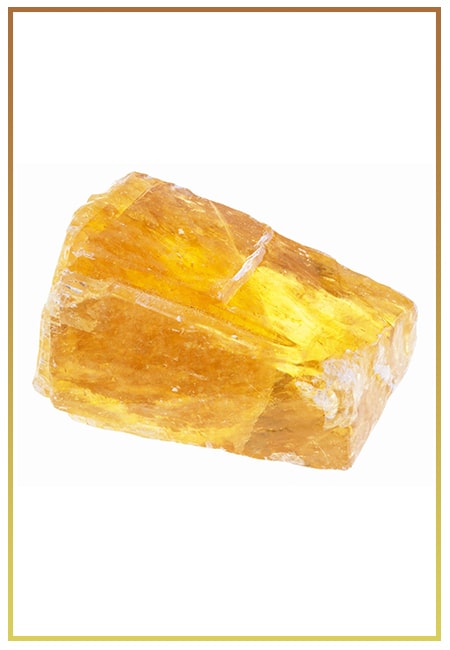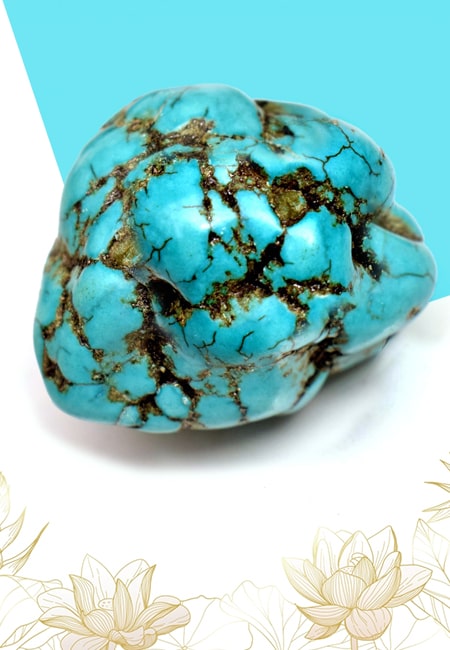- Written By Team DWS
- Festivals
- January 28, 2025
Languages Matter: How Mother Language Day Fosters Cultural Identity
Language is more than just a means of communication; it acts as an anchor for cultural identity, history, and community. Every year on February 21, UNESCO celebrates International Mother Language Day, a day dedicated to promoting linguistic and cultural diversity and multilingualism. This observance serves as a reminder of the significance of mother languages to individual identity and community cohesion. But how does celebrating this day foster cultural identity?
-dws638737060787406893.jpg)
The Importance of Mother Languages
Mother languages, or first languages, play a crucial role in one’s identity. They are often the first words we hear as children and the first means by which we express our thoughts, feelings, and dreams. These languages encapsulate the unique perspectives, traditions, and histories of communities. Perhaps more than anything, mother languages ground us in our cultural heritage, linking us to our ancestors and imparting a sense of belonging.
The loss of a mother language can be detrimental. Linguist David Crystal estimates that language extinction occurs at an alarming rate: one language dies approximately every two weeks. When a language disappears, a whole worldview vanishes with it—along with the stories, customs, and knowledge it carried. Mother Language Day raises awareness about this issue and reinforces the importance of preserving linguistic diversity for the survival of cultural heritage.
Celebrating Diversity
One of the primary objectives of International Mother Language Day is to foster an appreciation for linguistic diversity worldwide. In a globalized world, where dominant languages often overshadow minority languages, the celebration of various mother languages serves as a reminder of the richness of human communication. It encourages individuals to learn about and appreciate languages and cultures different from their own, which can foster mutual respect and understanding.
Events and initiatives on Mother Language Day—such as poetry readings, cultural performances, and language workshops—invite individuals to engage with various languages. These events provide a platform for speakers of minority languages to showcase their linguistic heritage while encouraging non-speakers to learn. This diversity can strengthen ties within communities and promote intercultural dialogue.
Strengthening Community Identity
Language is a powerful tool for building and maintaining community identity. When communities can express their culture through their mother language, they foster pride and resilience. On International Mother Language Day, communities gather to celebrate linguistic heritage, reinforcing bonds among members. This collective acknowledgment of their language's importance evokes a sense of shared history and purpose, allowing individuals to feel more connected to their roots.
In many regions, Mother Language Day has inspired local movements to revitalize endangered languages. Communities often collaborate to teach younger generations their mother language through schools and cultural centers. By engaging youth in language preservation efforts, they not only ensure the survival of the language but also instill a sense of pride in their cultural identity. This generational transfer serves to strengthen the cultural fabric of communities.
Empowering Individuals
Learning and using one’s mother language empowers individuals, allowing them to share their stories and perspectives with the world. Language gives people a voice; it provides the means through which they can articulate their experiences and assert their rights. On Mother Language Day, marginalized speakers can advocate for their communities and raise awareness about the challenges they face, such as discrimination and cultural erosion.
Furthermore, promoting mother languages can have significant educational impacts. Studies have shown that children who are taught in their mother language tend to perform better academically. They are more likely to excel in literacy and numeracy, leading to increased confidence and self-worth. When educational institutions actively incorporate and celebrate mother languages, they validate the students’ cultural identities, fostering an environment where children feel valued and motivated to learn.
Bridging Cultures
In our interconnected global society, the celebration of languages transcends geographical boundaries. International Mother Language Day not only acknowledges the worth of diverse languages but also serves as a bridge between cultures. By promoting multilingualism, we pave the way for understanding and collaboration across different cultural contexts.
Ultimately, linguistic diversity enriches our global society. It fosters creativity, encourages alternative perspectives, and opens doors to new ways of thinking. Embracing and celebrating our mother languages, especially in a world where dominant languages often prevail, invites all individuals to engage with, learn from, and respect one another.
Conclusion
International Mother Language Day is more than just a celebration of words; it is a vital campaign for cultural identity, diversity, and empowerment. By honoring our mother languages, we strengthen the bonds within our communities and lay the groundwork for a more inclusive world. This February 21, let’s take a moment to reflect on the languages that shape our identities and commit to celebrating and preserving linguistic diversity for generations to come. In the words of Wangari Maathai, “It’s the little things citizens do. That’s what will make the difference. My little thing is planting trees.” Perhaps our little thing, in celebrating languages, can blossom into a global garden of shared understanding and cultural richness.
-dws638737061189589279.jpg)
International Mother Language Day FAQs
Certainly! Here are some frequently asked questions (FAQs) about International Mother Language Day:
1. What is International Mother Language Day?
International Mother Language Day is a worldwide observance held on February 21 each year to promote linguistic and cultural diversity and multilingualism. It aims to raise awareness of the importance of preserving and promoting mother languages.
2. Why is International Mother Language Day celebrated on February 21?
The date was chosen to honor the students who lost their lives on February 21, 1952, during a protest in Dhaka, Bangladesh (then East Pakistan) advocating for the recognition of their mother tongue, Bengali, as one of the official languages of the country.
3. Who established International Mother Language Day?
UNESCO proclaimed International Mother Language Day in November 1999, and it was first observed in February 2000. The day is recognized by the United Nations and is celebrated by countries around the world.
4. What are the goals of International Mother Language Day?
The primary goals are to promote multilingualism, enhance awareness of linguistic and cultural diversity, encourage the preservation of endangered languages, and foster respect for all languages, particularly minority and indigenous languages.
5. How is International Mother Language Day celebrated?
Celebrations vary by country but often include educational events, cultural programs, language workshops, discussions, and various activities that showcase the diversity of languages and cultures. Schools, universities, and organizations may host activities to engage people in promoting their mother languages.
6. Why are mother languages important?
Mother languages are essential as they play a crucial role in cultural identity, social integration, and communication. They are vital for the transmission of knowledge, traditions, and values. The preservation of mother languages fosters social cohesion and promotes inclusivity.
7. What can individuals do to support their mother language?
Individuals can support their mother language by speaking it at home, teaching it to children, participating in cultural events, advocating for its use in schools and communities, and documenting its oral traditions.
8. Are there any global initiatives associated with International Mother Language Day?
Yes, various organizations and initiatives, including UNESCO and local NGOs, work to promote language preservation, document endangered languages, and support multilingual education as part of the observance of International Mother Language Day.
9. How does International Mother Language Day relate to education?
The observance highlights the importance of mother languages in education. Multilingual education is vital for enhancing learning outcomes, as students often perform better when taught in their mother tongue.
10. How can teachers incorporate International Mother Language Day into their curriculum?
Teachers can include activities that celebrate linguistic diversity, such as language days, storytelling sessions in different languages, discussions on cultural heritage, and projects focused on local languages and dialects.
These FAQs can help educate individuals and organizations about the significance of International Mother Language Day and its impact on preserving linguistic diversity.
Popular on Blogs

Black Tourmaline: Meaning, Healing Properties, Fascinating Facts, Powerful Attributes, Versatile Uses, and Beyond
September 05, 2023 / BY Team DWS
Black Tourmaline, also known as Schorl, is a highly revered crystal with incredible metaphysical properties. It derives its name from the Dutch word "turamali," meaning "stone with ..

Carnelian Stone: Meaning, Healing Properties, Power, Facts, Color, Uses and More
December 26, 2023 / BY Team DWS
Carnelian is a vibrant and captivating gemstone that holds a plethora of meanings, healing properties, and powers. Its warm and fiery energy makes it a popular choice among crystal ..

Citrine: Exploring its Meaning, Healing Properties, Fascinating Facts, Powers, Versatile Uses, and Much More
November 18, 2023 / BY Team DWS
Citrine, with its warm golden hues, has captured the attention and imagination of people for centuries. This beautiful gemstone, commonly associated with wealth and prosperity, hol ..

Black Onyx: Unveiling the Meaning, Healing Properties, Fascinating Facts, Powerful Attributes, Versatile Uses, and Beyond
July 25, 2023 / BY Team DWS
Black Onyx, a striking gemstone admired for its deep black hue and elegant appearance, has captivated people for centuries. In this comprehensive guide, we will delve into the mean ..

Unveiling the Mysteries of Turquoise Stone: Exploring its Meaning, Healing Properties, Power, Facts, Color, Uses, and More
December 05, 2023 / BY Team DWS
Turquoise, with its captivating blue-green hue, has been adorning jewelry and artifacts for centuries. This striking stone has a rich history, rich symbolism, and a plethora of int ..

The History Behind The Popularity of Red Agate
December 23, 2022 / BY Team DWS
An Agate is a type of magma rock that takes many years till it is washed out naturally into the water. And that is the reason this stone has elements of water. This beautiful stone ..

Plan a Perfect Valentine's Week with Our Valentine Week List 2025
January 22, 2024 / BY Team DWS
Valentine's Day is undoubtedly the most romantic day of the year, but we believe that one day is just not enough to express your love and make your partner feel special. That's why ..

Bloodstone: Unveiling the Meaning, Healing Properties, Facts, Powers, Uses, and More
August 21, 2023 / BY Team DWS
Bloodstone, with its captivating deep green color with specks of red, is a mesmerizing gemstone that has fascinated civilizations for centuries. It possesses unique healing propert ..


